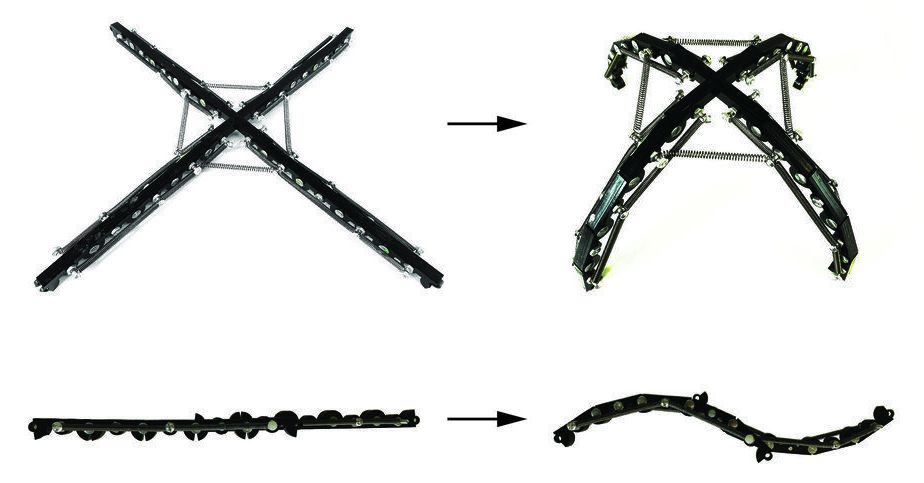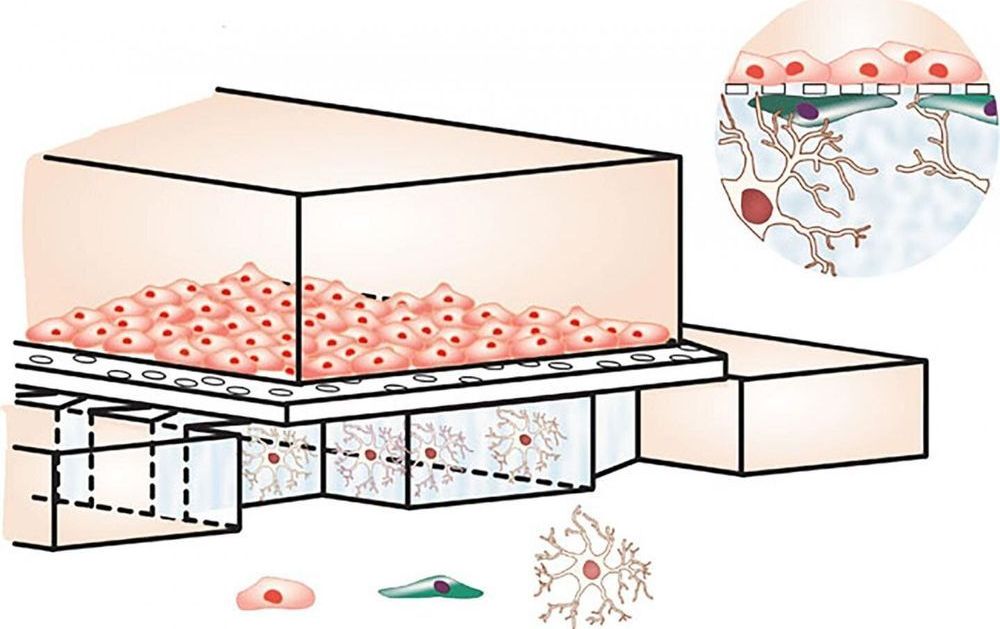This approach can be described as “physical eschatology” – a term coined by the astronomer Martin Rees for using astrophysics to model where the Universe is going. Rees took a cue from theology, in which “eschatology” is the study of ultimate things such as the end of the world. And the classic paper on the topic is Freeman Dyson’s 1979 paper on life in open universes, which outlined likely or possible existential catastrophes that could threaten life far into the future, from the death of the Sun to the detachment of stars from galaxies.
How long can civilisation survive? To thrive for billions of years, there will be a few troublesome problems to solve – from the death of the Sun to the decay of matter.







